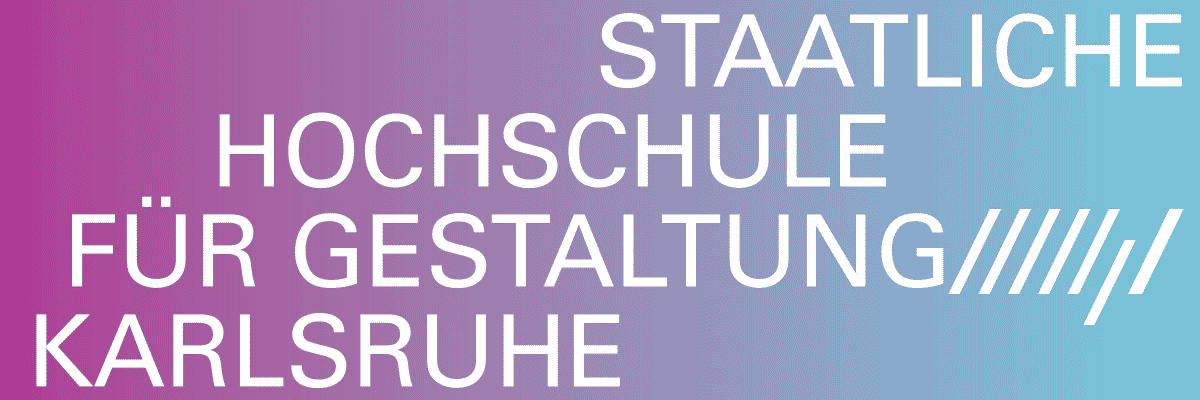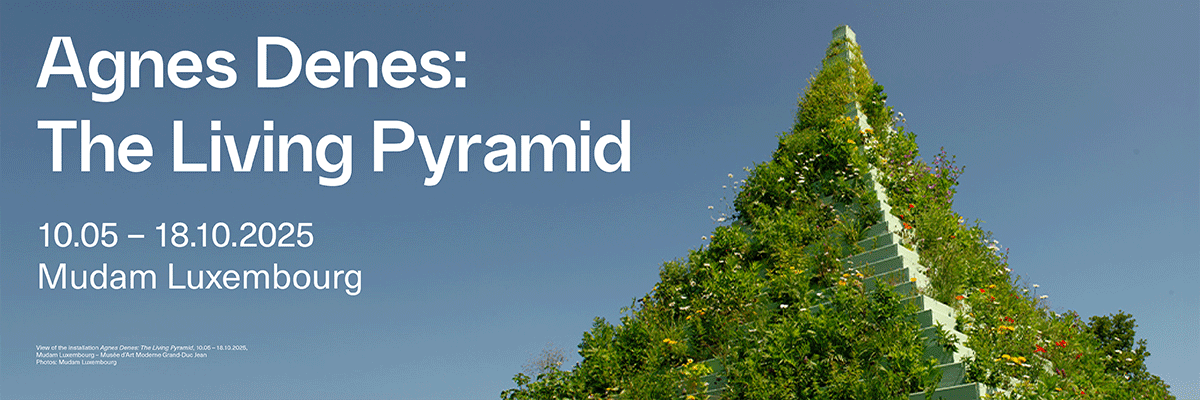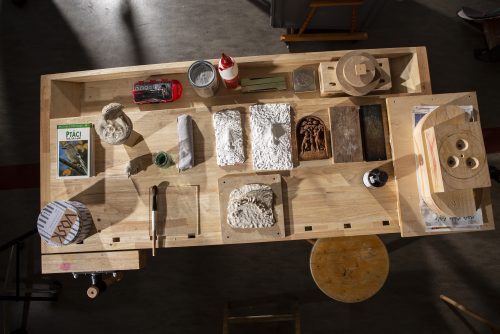
Natacha Donzé
gatekeepers | natacha donzé
Project Info
- 💙 max goelitz gallery
- 🖤 Natacha Donzé
- 💜 Madeleine Freund
- 💛 Marjorie Brunet Plaza
Share on

Natacha Donzé, Spinning eye, monument, 2023, courtesy of max goelitz, copyright of the artist, photo: Marjorie Brunet Plaza
Advertisement

Installation view, gatekeepers, 2023, courtesy of max goelitz, copyright of the artist, photo: Marjorie Brunet Plaza

Installation view, gatekeepers, 2023, courtesy of max goelitz, copyright of the artist, photo: Marjorie Brunet Plaza

Installation view, gatekeepers, 2023, courtesy of max goelitz, copyright of the artist, photo: Marjorie Brunet Plaza

Natacha Donzé Gatekeeper IV, 2023, courtesy of max goelitz, copyright of the artist, photo: Marjorie Brunet Plaza

Natacha Donzé Gatekeeper IV, 2023, courtesy of max goelitz, copyright of the artist, photo: Marjorie Brunet Plaza

Natacha Donzé, Repository, polarization, 2023, courtesy of max goelitz, copyright of the artist, photo: Marjorie Brunet Plaza

Natacha Donzé, Mundus subterraneus, 2023, courtesy of max goelitz, copyright of the artist, photo: Marjorie Brunet Plaza
In her solo exhibition gatekeepers the Swiss artist Natacha Donzé presents new paintings that evoke restrictive structures and social barriers that have inscribed themselves into society, architecture, objects and technology.
At the centre of the presentation four large-sized canvases make reference to architectural elements like portals, doors and passages. The artist has designed an architectural concept for the series Gatekeeper I - IV (2023) that corresponds with the principle of opening and closure: Like monumental portals two works hang back to back on two separate wall-blocks giving the impression that one can walk through either to get to the other side. This gesture not only requires the beholder to relate to her works with one‘s own physicality and motion, it also demonstrates a spatial separation.
In layering several coats of paint using the airbrush the artist is able to create an atmospheric glow on the canvas. Individual luminescent yellow and turquoise specks emerge from the dark green, blue and brownish surfaces like fingerprints, while running water droplets and damp streaks are discernable. The texture of the surfaces resembles oxidized metal, the patina that is typical for architectural elements made of copper and brass or for bronze sculptures. By aesthetically pointing to monuments and ancient edifices with great portals the paintings obtain a sculptural quality. In using the traces of this perceived aging and the varying texture of the surfaces, she brings to the fore two qualities of these materials over time: deterioration and durability. Through the vertical divide the canvases seem to be on the verge of opening up while it remains unclear what is concealed behind them. Natacha Donzé‘s portals are a political metaphor for societal inclusion and exclusion, for participation and ostracism. In revealing these power structures the artist poses questions about privacy, security and protection.
The mystical and surreal effect of Donzé‘s portals hints at the possibility that they could also lead into other realities in virtual or spiritual spheres. The title gatekeepers does not only refer to physical barriers but also metaphorically describes the manifold activities that control or restrict access. This includes the influence of people as well mechanisms to control and regulate the flow of digital information through algorithms or firewalls.
Two round deep blue canvases ostensibly make the connection to spiritual spaces.
In Spinning eye, monument (2023) numerous circles or voids contract to a hypnotic spiral and raise associations with water, crop circles or spiral galaxies. In this work Donzé utilizes the spiral as a contemplative symbol for different belief systems that hold societies together or divide them. In the same way they create associations with creeds and mental processes - thought-spirals. In contrast with her work Spinning eye, excavation (2023), Donzé makes reference to containers for contaminated matter. The grid pattern is taken from the inside of atomic waste containers that are supposed to isolate the material for all time, while their resistance to corrosion in underground final storage is questionable.
In another series of works, the artist assembles four square canvases into one composition. These works expose Donzé‘s artistic approach of using numerous images as visual references, then joining them together or layering them over each other. In this way her process becomes materially apparent. The individual fragments depict highly magnified details giving them an abstract character, clippings from pictures taken with night vision cameras, thermography or satellite imagery. Geological records stand on an equal footing with images of political context, science-fiction, religion or historical encyclopedias. Despite formal devision and separation, Donzé‘s compositions are balanced. She does not force a certain narrative with these works but combines the individual fragmented images associatively to create a fusion of various iconographies.
Madeleine Freund




